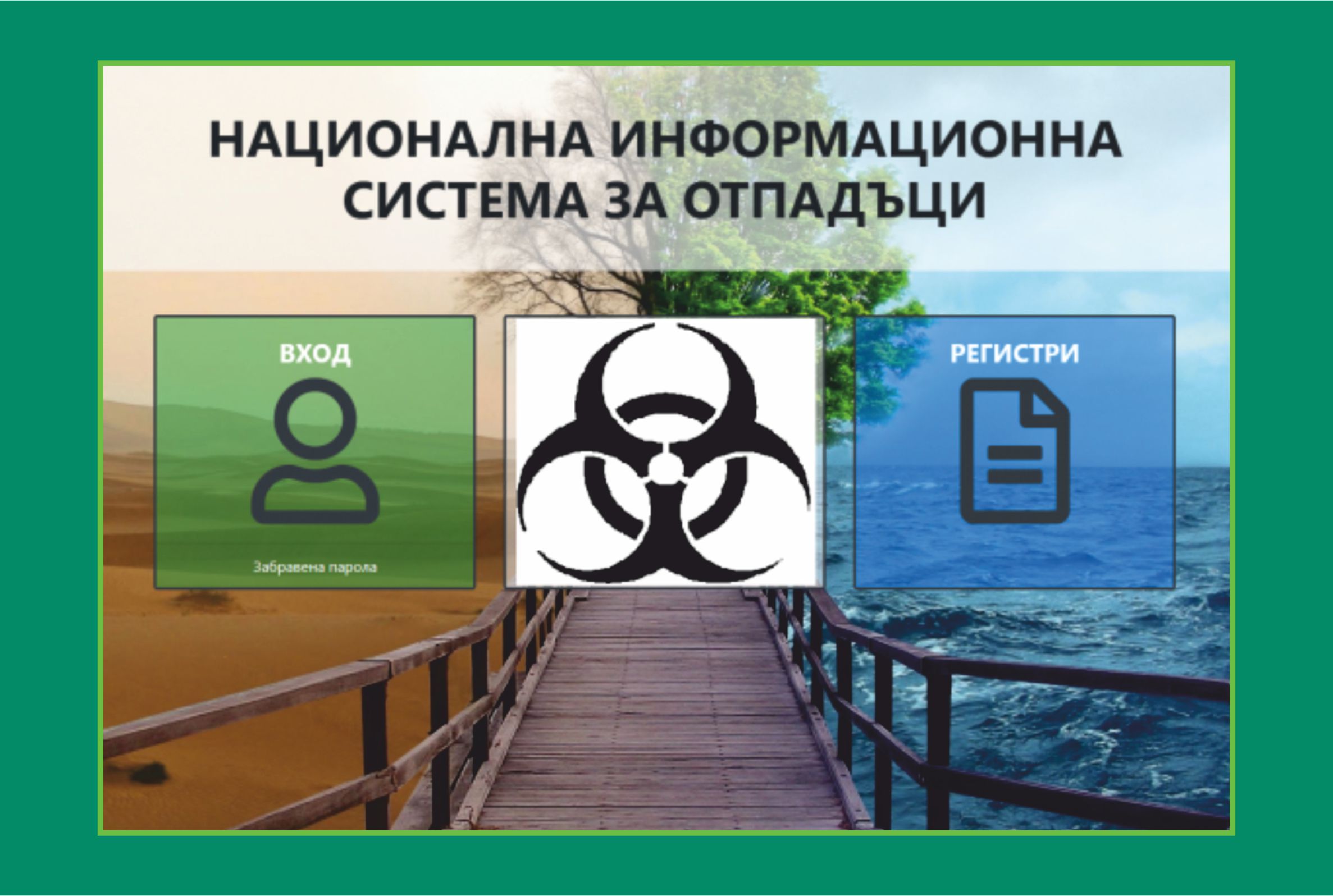One of the main goals of the European Green Pact is to increase the efficient use of resources by moving to a clean, circular economy. This transition, in turn, requires, the efforts and resources of the business, and the proper and supportive legal and administrative environment for the successful implementation of the ideas. For both parties, the most important prerequisite is accessible, reliable, detailed, and timely information on waste from the very start to its final adoption.
What do we do at home?
According to the Waste Management Act (WMA), people whose activity is related to the generation, collection, transportation, and/or treatment of industrial waste (non-hazardous or hazardous), as well as those allowed to collect and transport and/or treat household and construction waste, are obliged to keep records of the quantities of waste and the activities they performed to produce it. In other words, they are all businesses that operate in this country - agricultural and industrial producers, enterprises in construction, trade, and providing services, including water, gas, electricity, and more.
The normative act from 2016 envisions that the 2018 National Waste Information System (NISO) will operate, maintained by the Executive Environment Agency (EEA). The system should cover all administrative information for each registered person, as well as information on the issued documents for waste activities. The commissioning of this system has been postponed every year since 2018, and it is still not working and not able to fulfill its purpose - to allow businesses to enter their data on the types and quantities of their waste, their activities, and to generate all documents for their reports. We are still not able to gather statistical data on our waste nor make management decisions. Thus, the introduced obligation to report only through NISO is impossible.
The available information concerning waste on the NSI website shows that the available data is limited to the type, according to the European Waste Catalog, and the generated quantities, submitted for recovery and disposal by sectors of economic activity. The main conclusion of the analysis is that the data for the last year (2019) differ significantly from the previous ones. For example, by 2018 the agricultural sector has produced about 300 thousand tons of non-hazardous waste, and 850 thousand tons in 2019. In the manufacturing sector, 3 million tons have increased to 31 million tons. The picture is similar for the analysis of the waste type - animals and plants have grown by over 10 times, glass, paper, and cardboard - about twice. The explanation of this situation may be due to the partial use of NISO and the improved scope of the summarized data, which is extremely important for getting the right picture.
It is very important to emphasize that we do not have information about the territorial distribution of waste, except for household waste, for which municipalities collect data.
For creating an appropriate framework for the transition to a circular economy, we have to have reliable information at a national, sectoral, and regional level so that the business can move toward appropriate market niches for recovery. One example - we have already built significant facilities for processing plastic waste, which imports the required quantities (whether due to lack of information or insufficient quality of separate collection). From a carbon footprint perspective, in some cases transportation (most often by car) does not contribute to a low-carbon, resource-efficient, and circular economy.
Reliable and accessible information is key to making investment decisions for the construction of dismantling and reuse centers, as well as for all other market niches in the waste management sector.
From the point of view of the prepared National Plan for Recovery and Sustainability, the provision of timely and adequate data, as well as the digitalization of the waste sector will lead to increased sustainability of the Bulgarian economy, as part of e-government and government, and modern business models and chains. supplies and added value.






